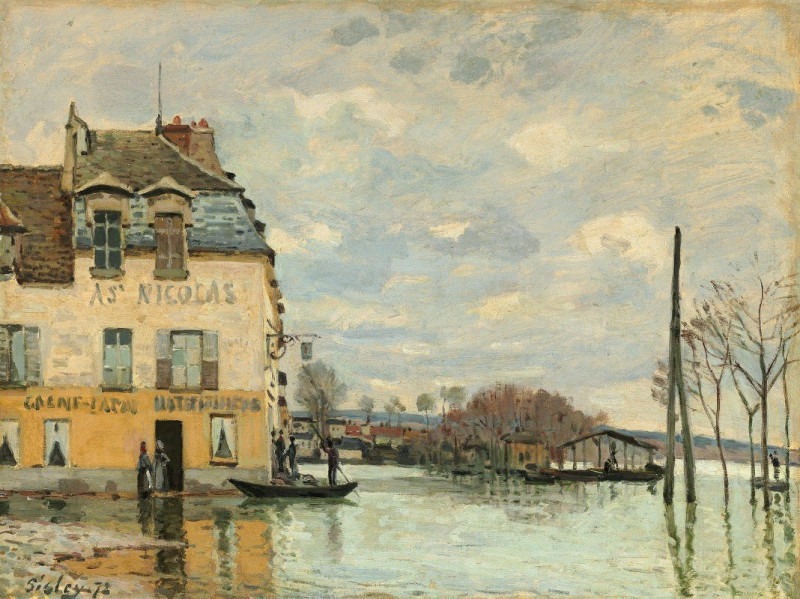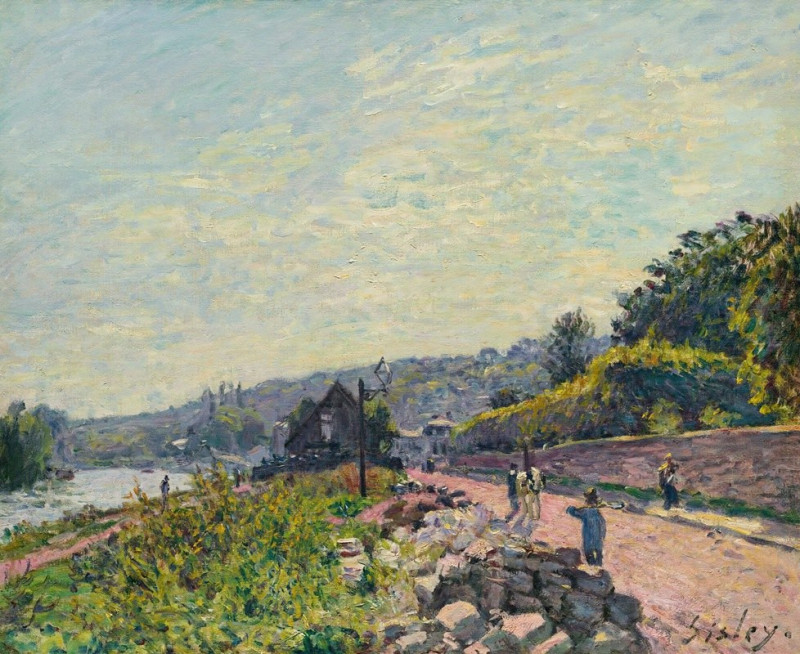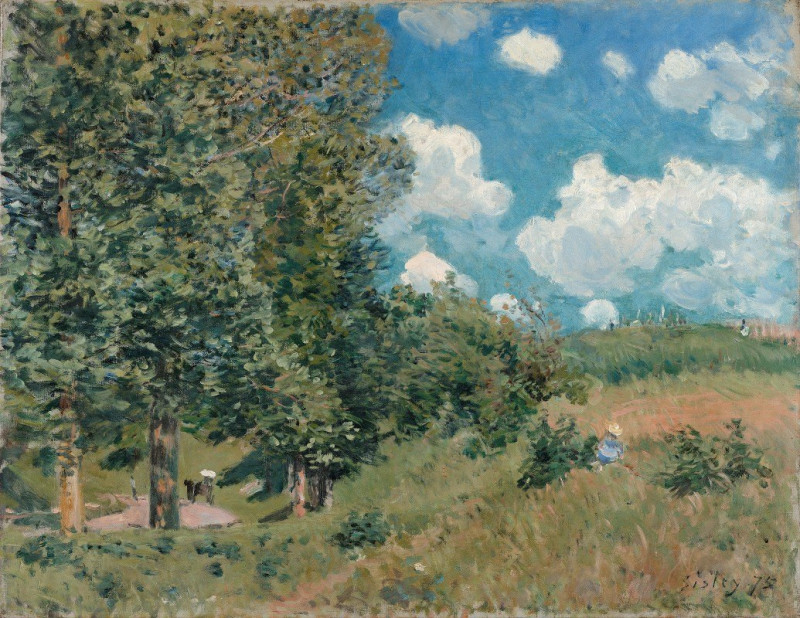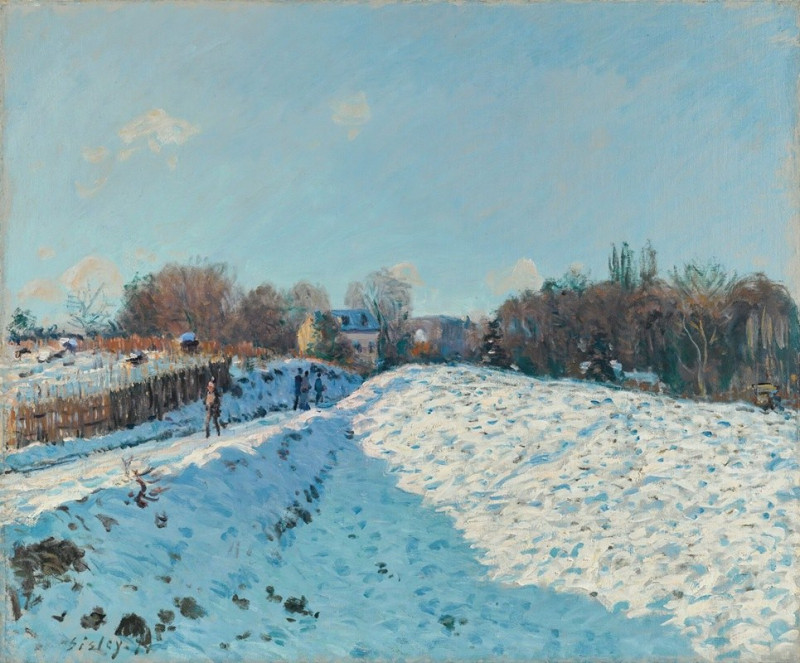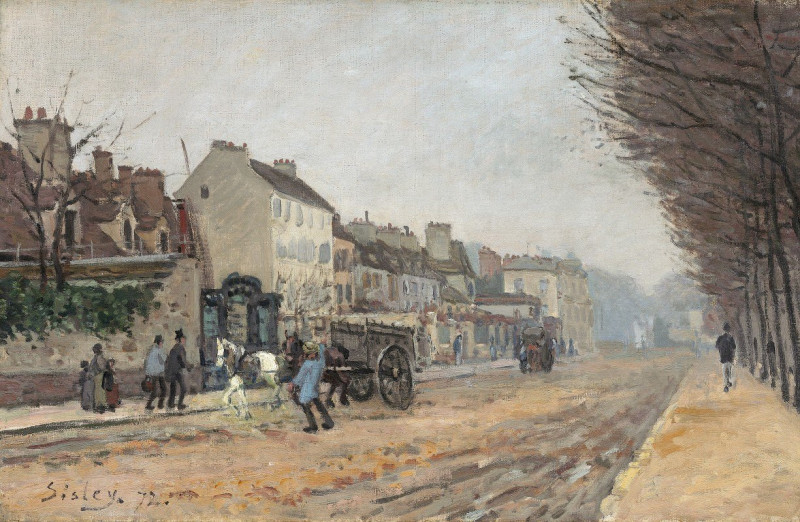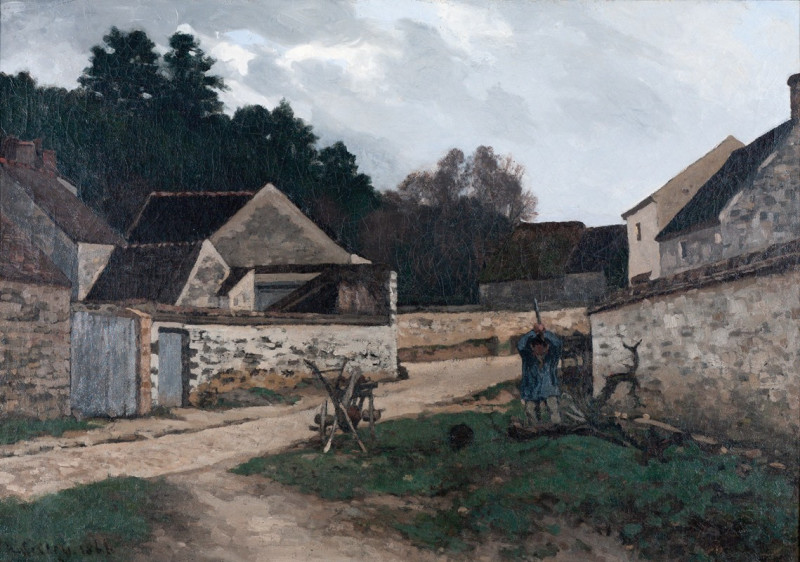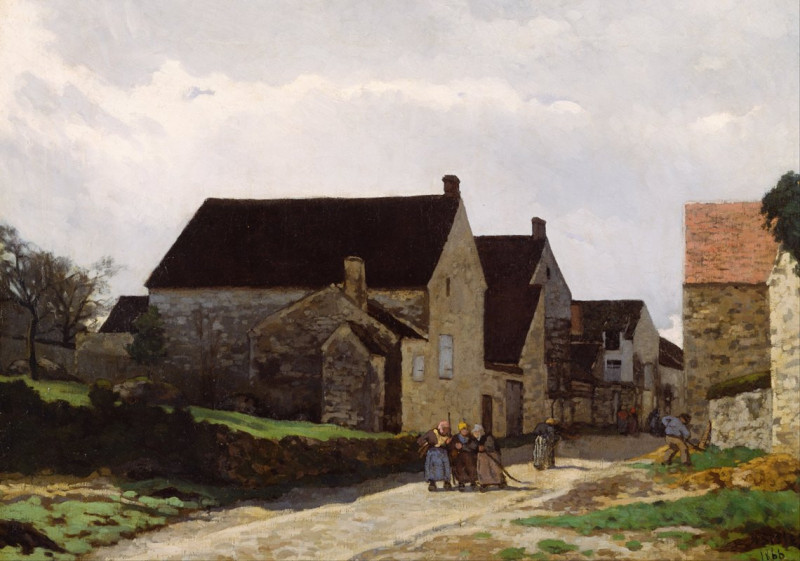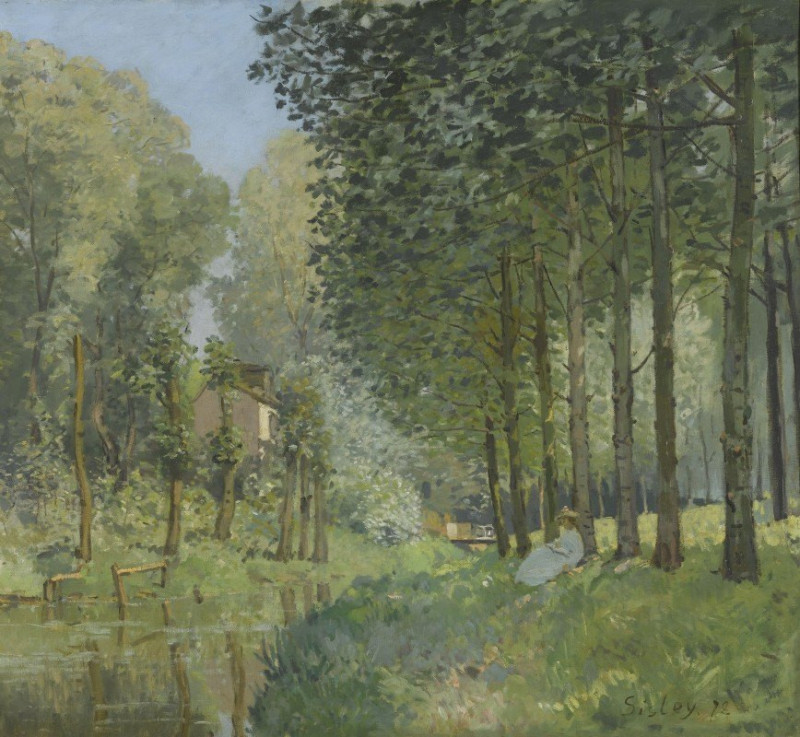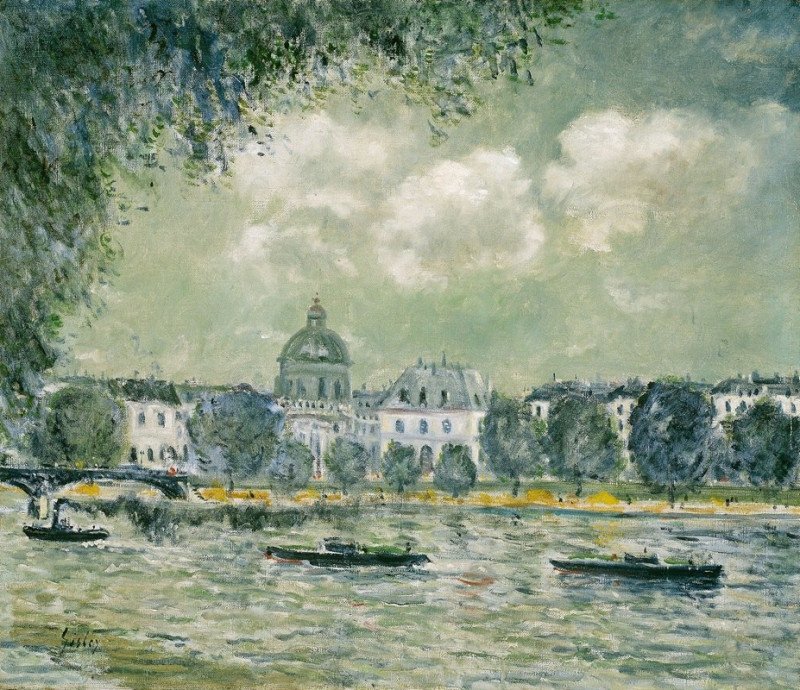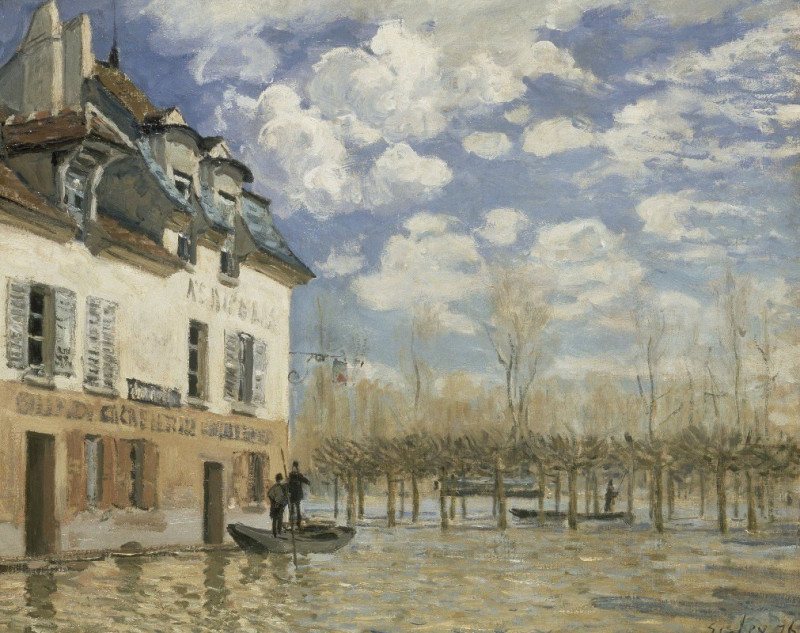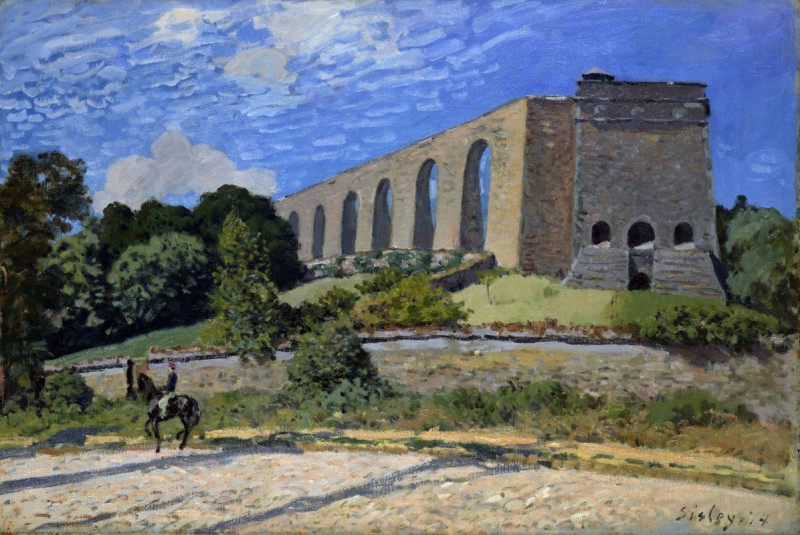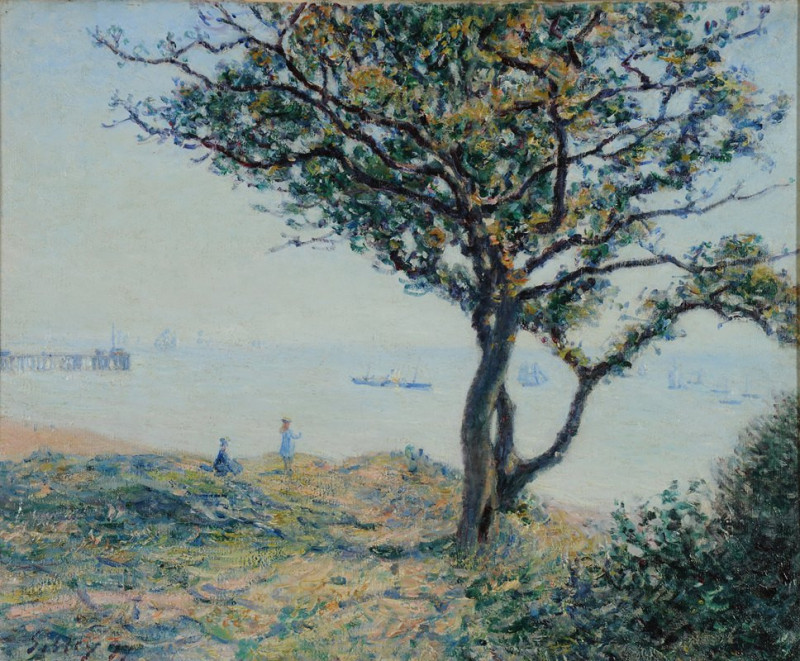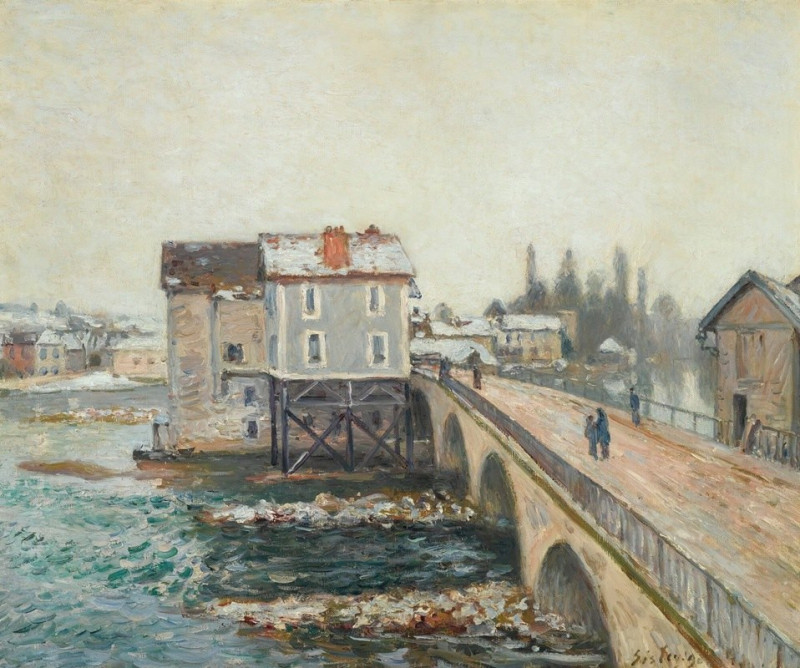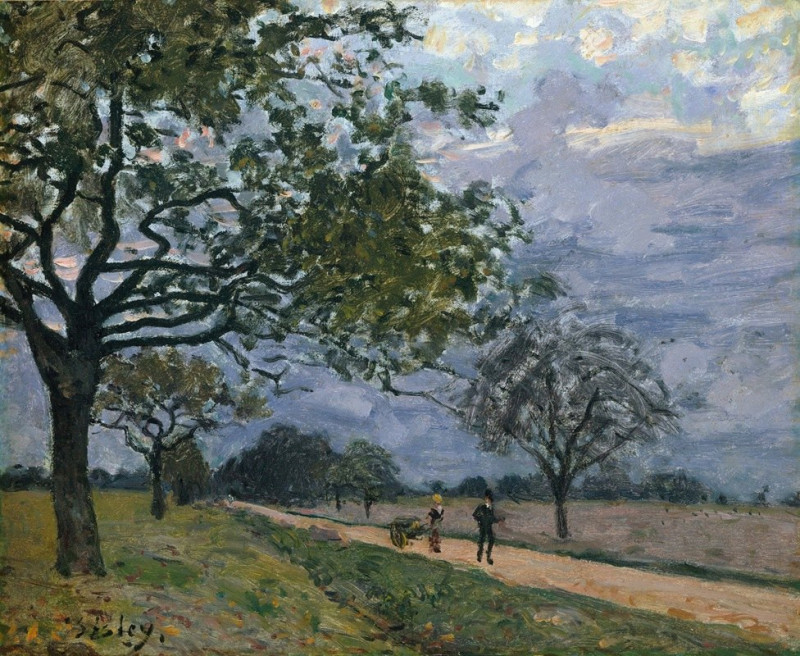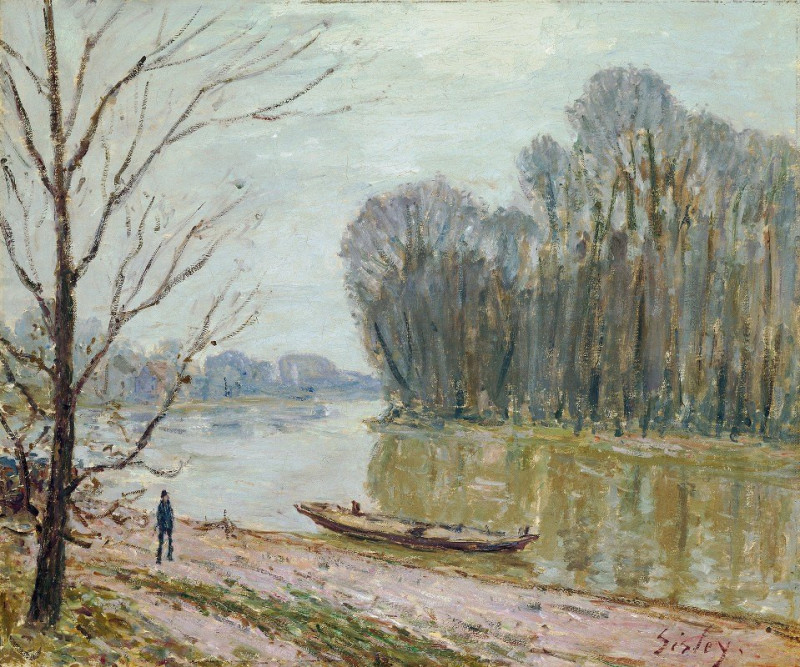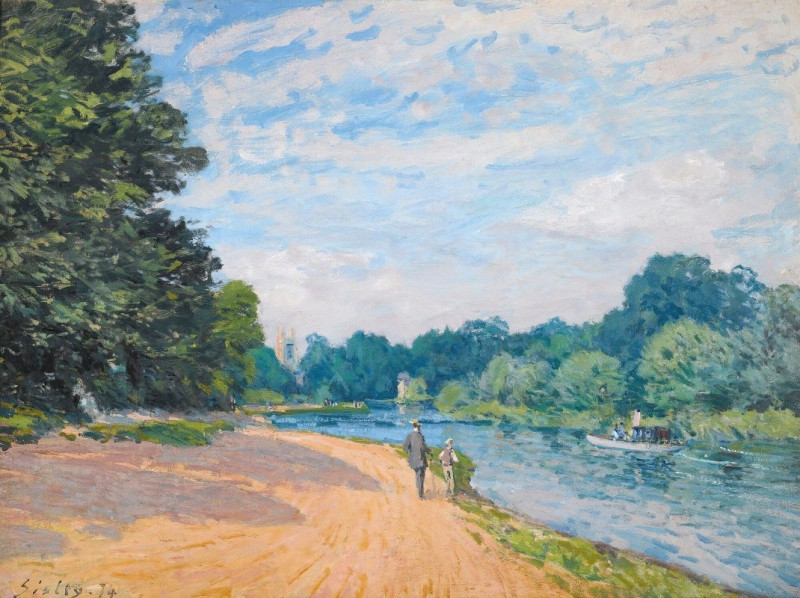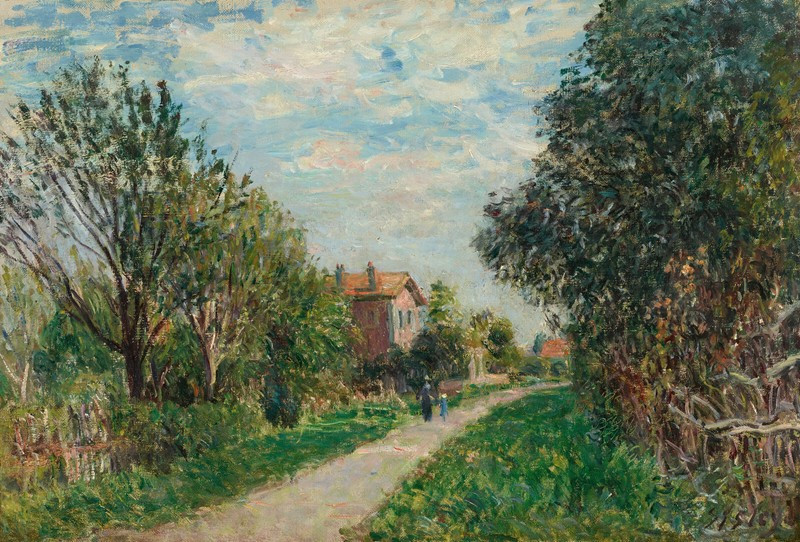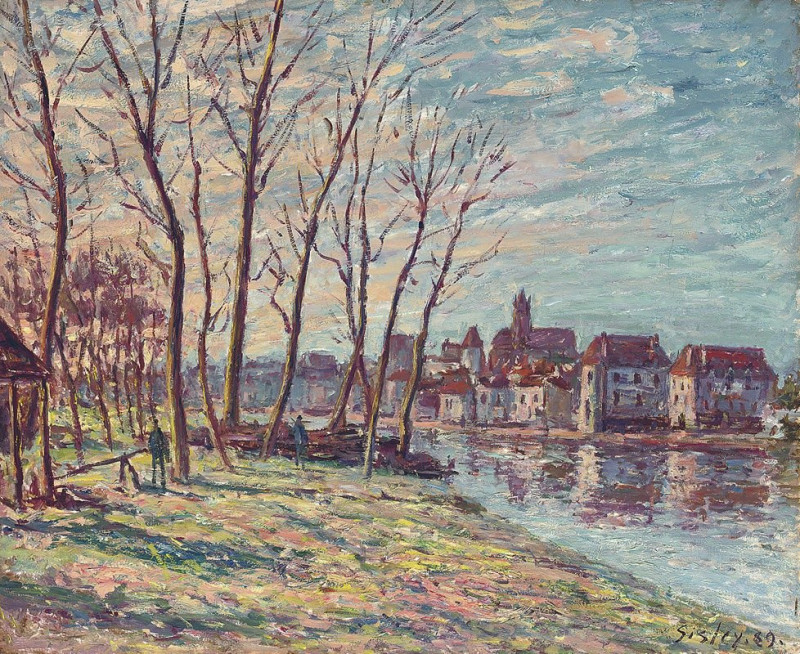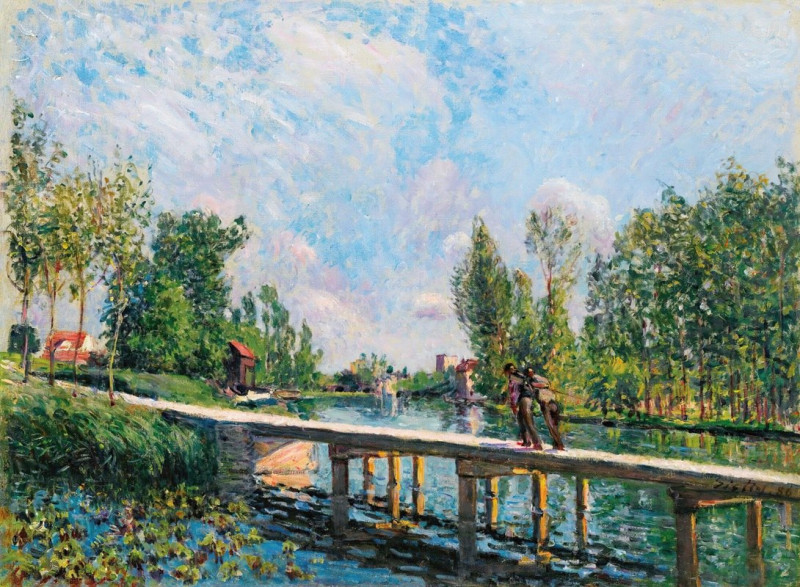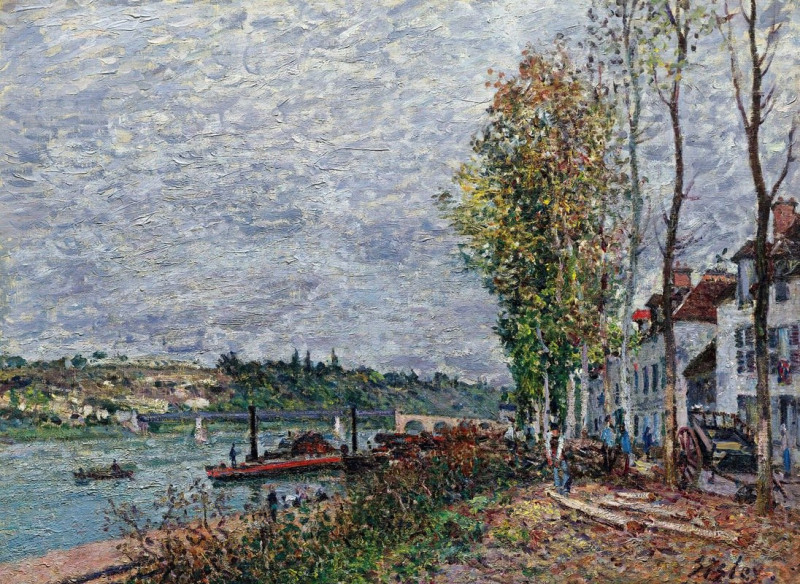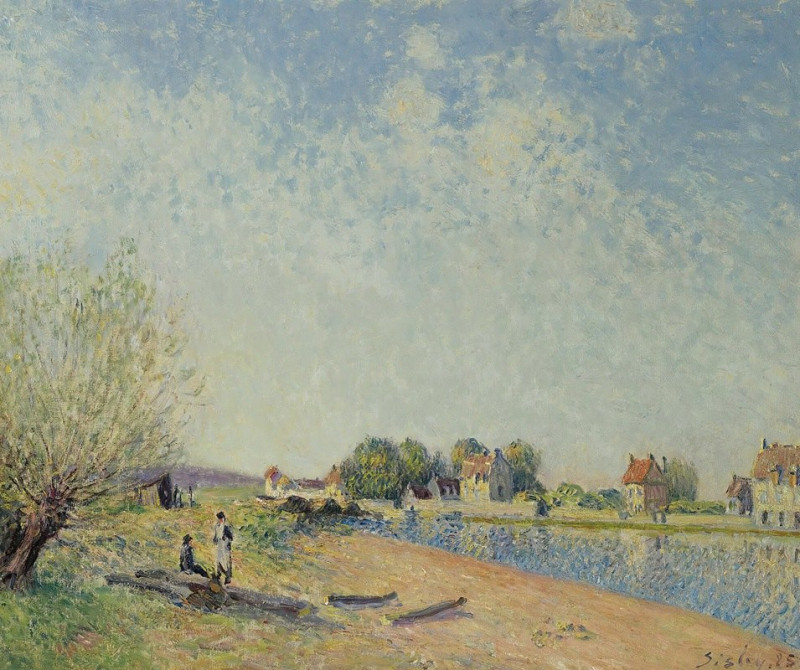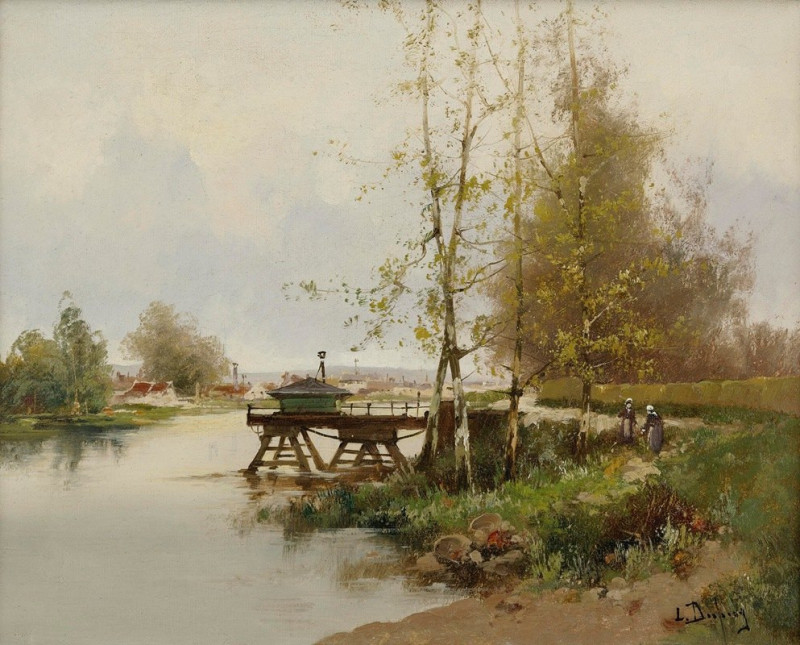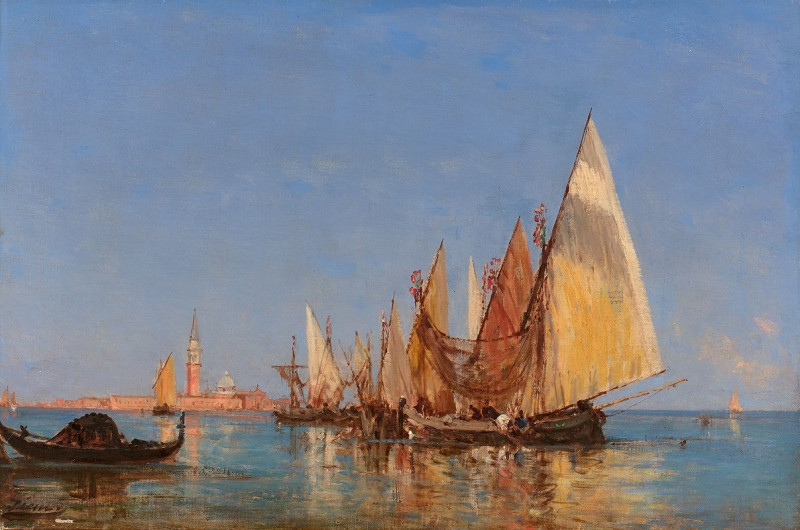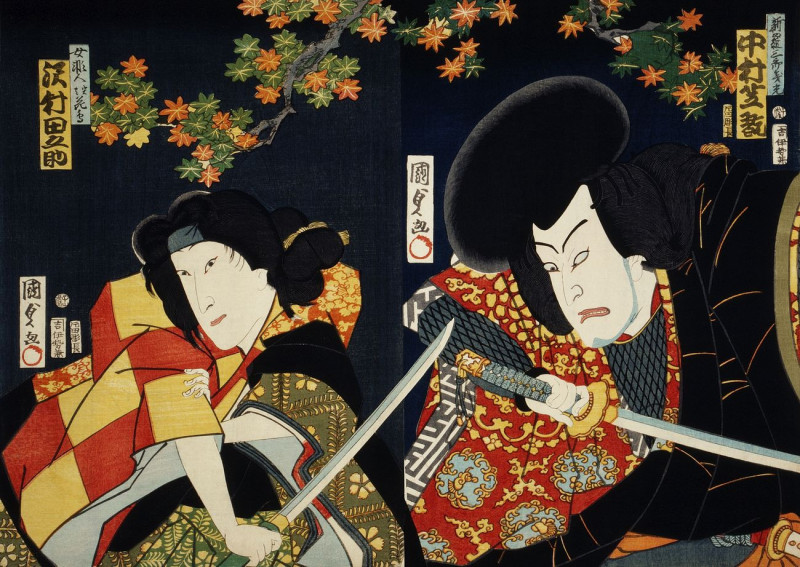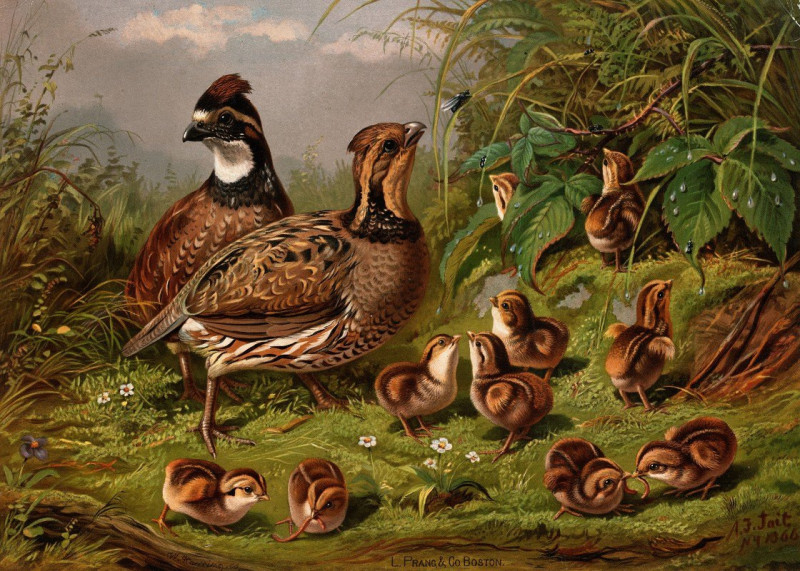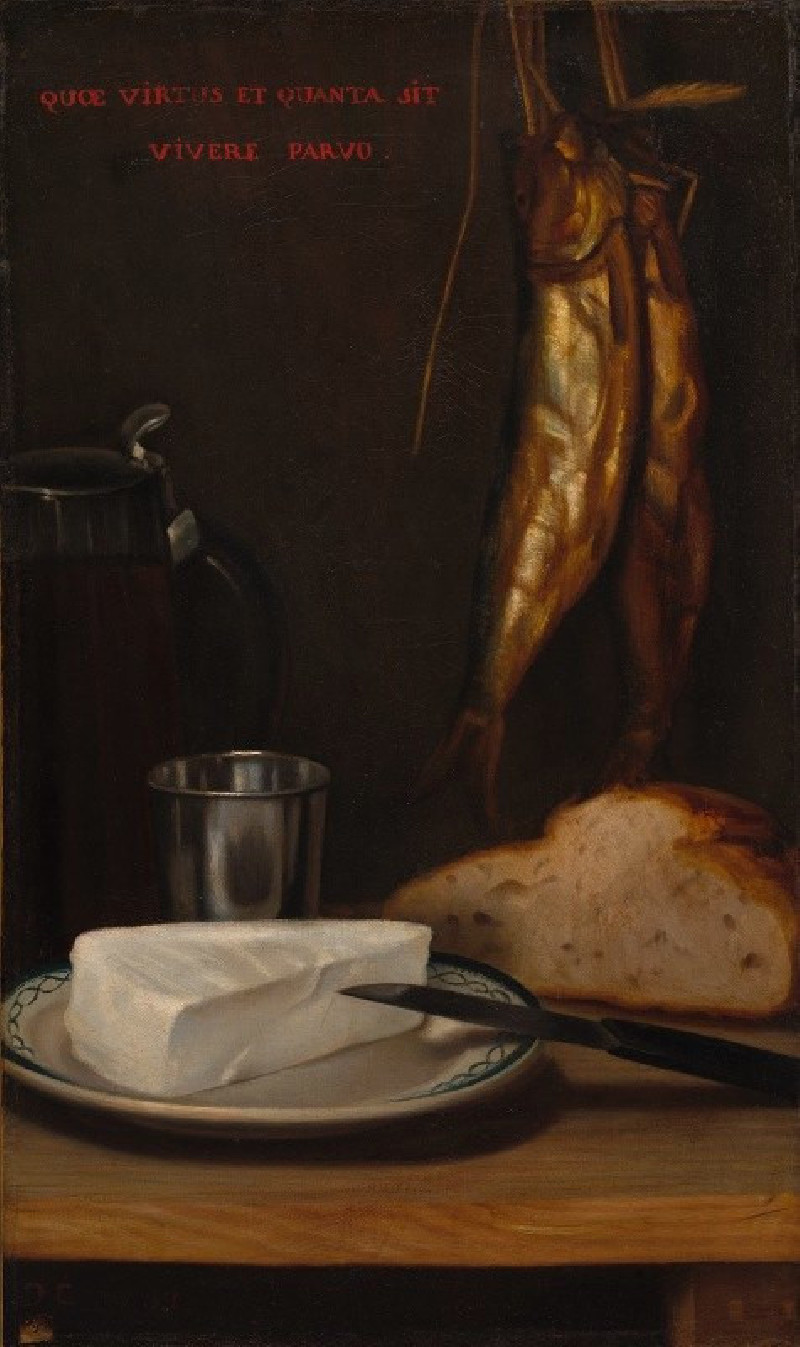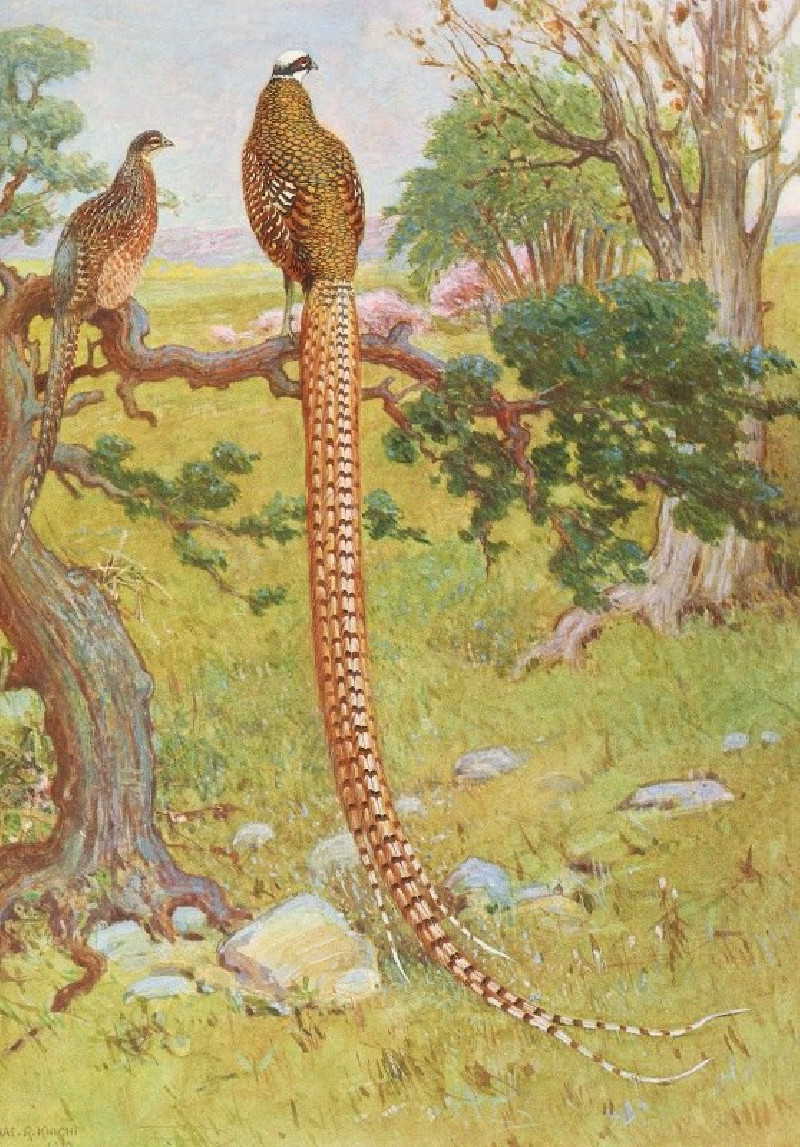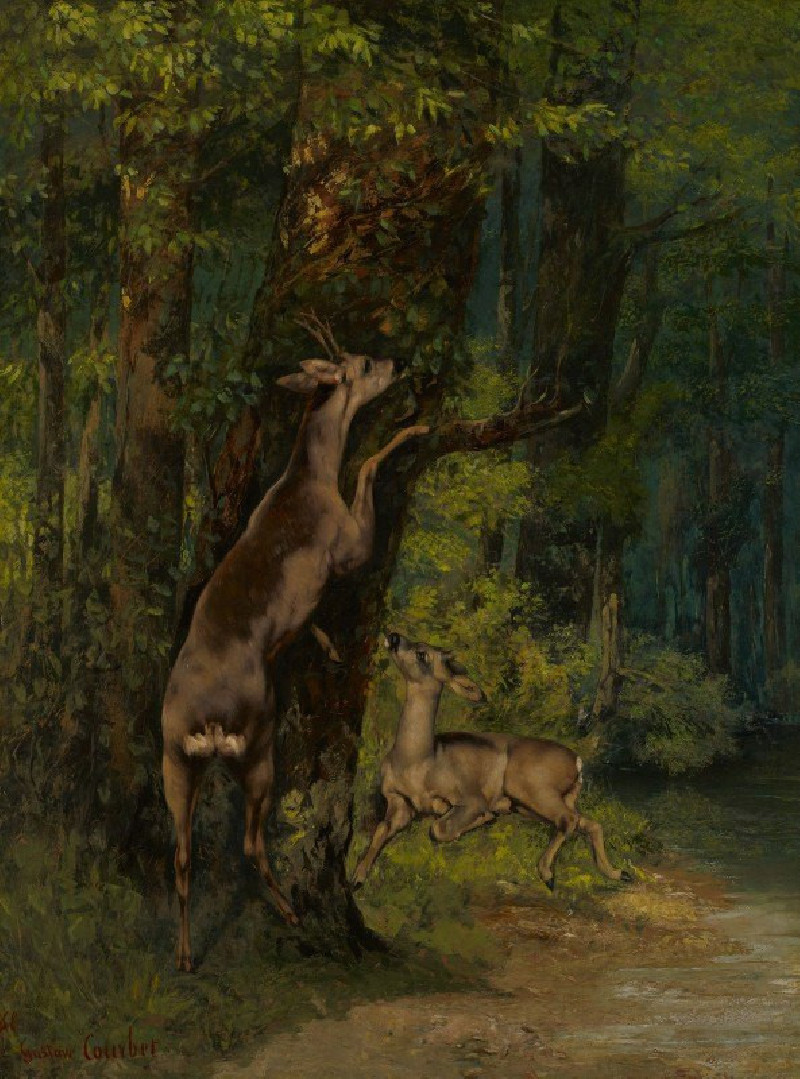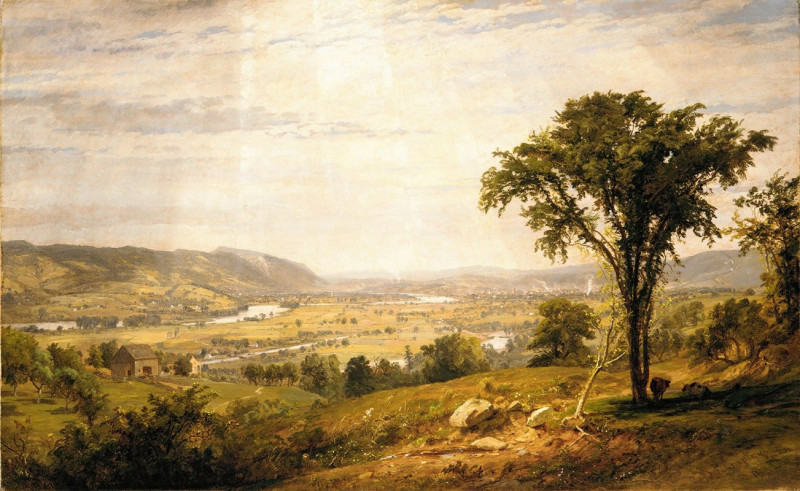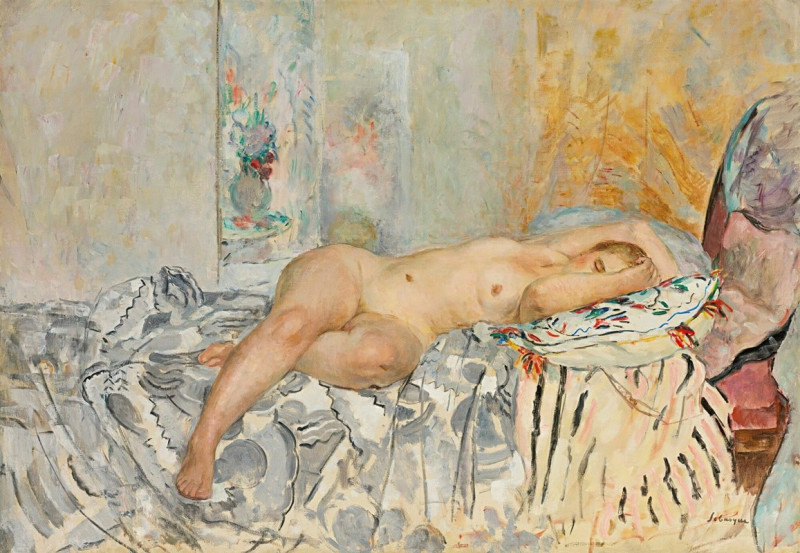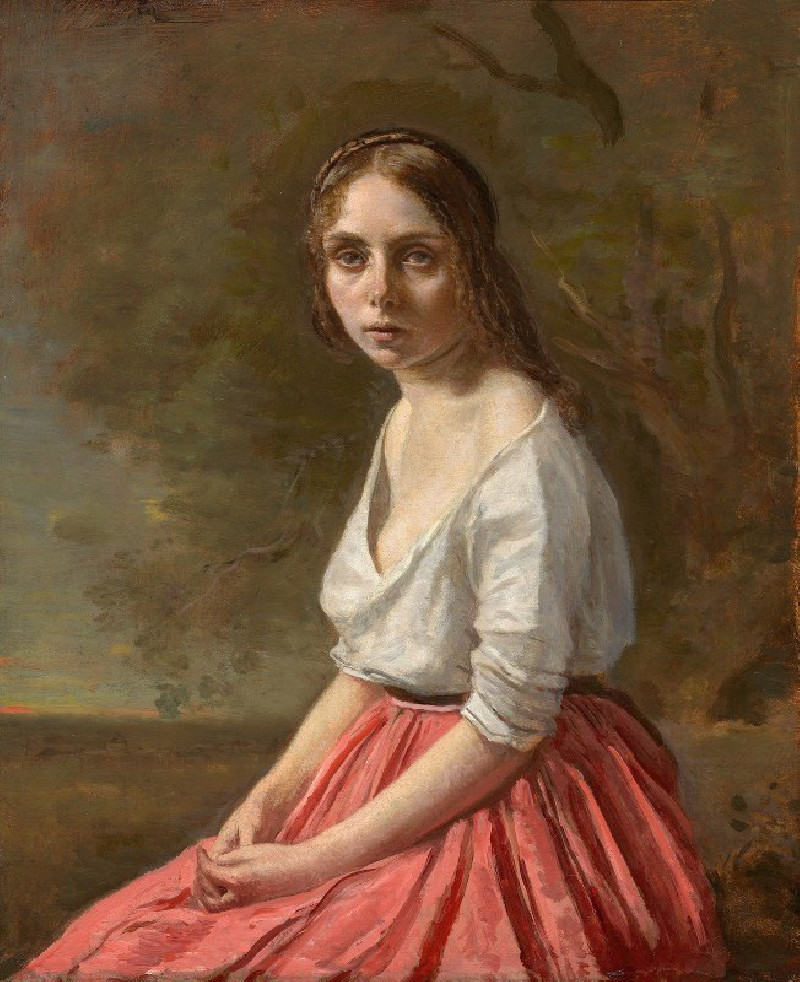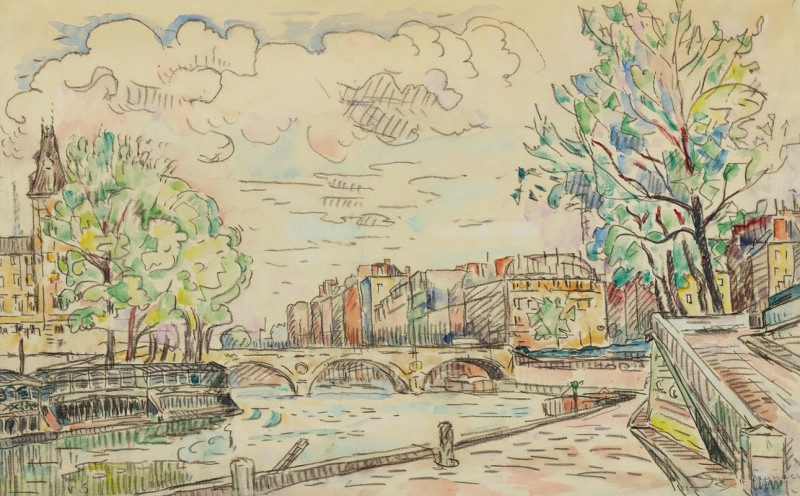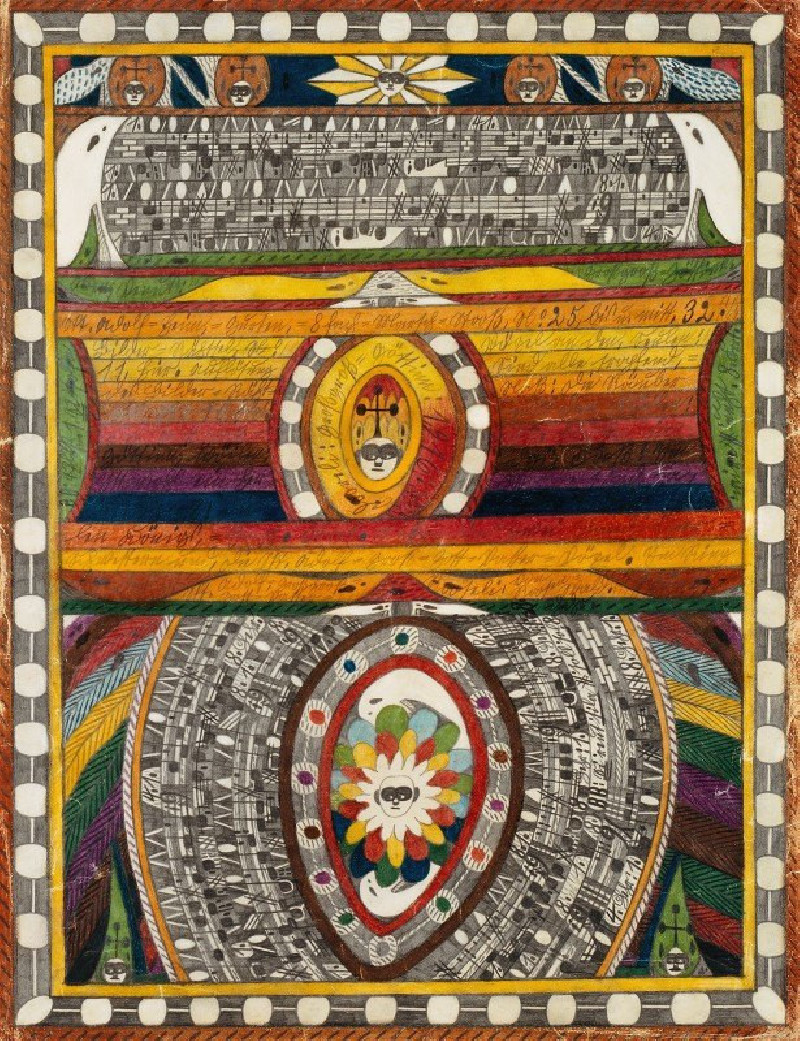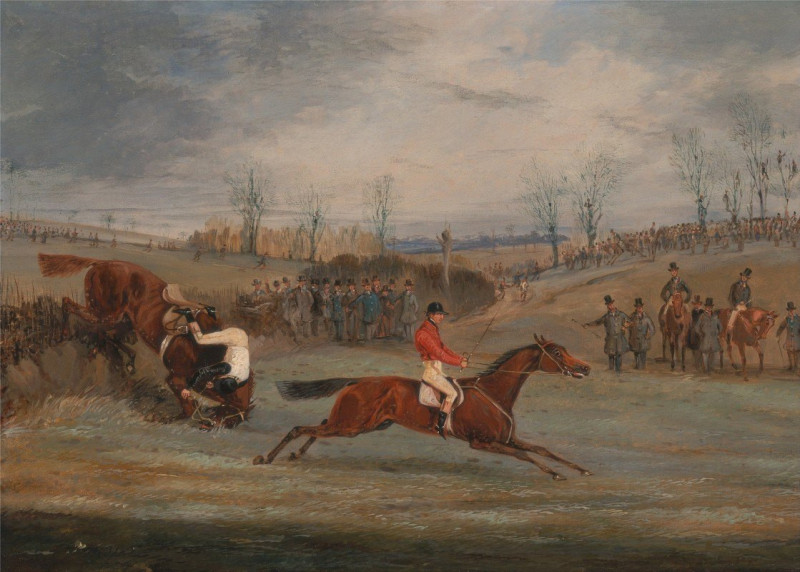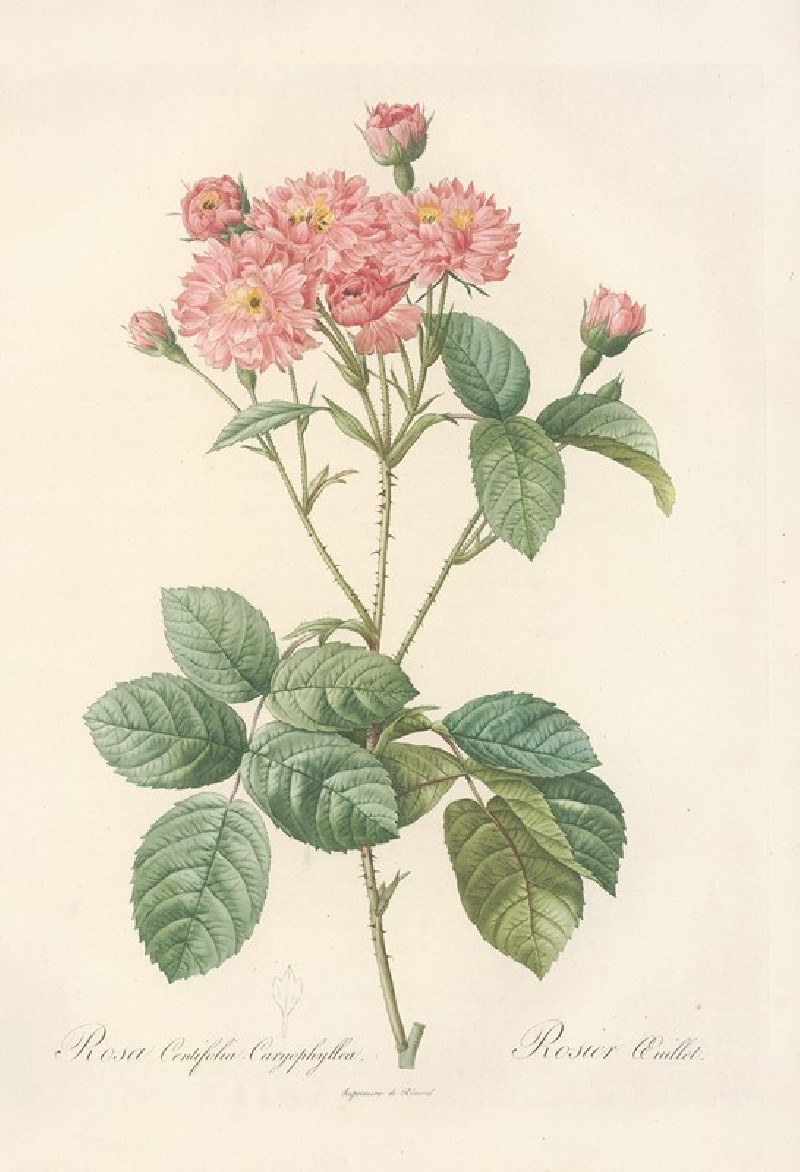Flood at Port-Marly (1872)
Technique: Giclée quality print
Recommended by our customers
More about this artwork
Exploring the subtleties of natural light and capturing the essence of ephemeral moments, Alfred Sisley’s oil on canvas titled "Flood at Port-Marly" masterfully depicts a tranquil yet striking scene from 1872. This painting portrays a serene yet unexpected interaction between nature and the quaint village of Port-Marly, situated near Paris, during a time of flood.At the forefront, the "Au Pavillon" inn is partially submerged, its yellow facade reflecting gently in the calm, inundated waters, hinting at the quiet disruption in the daily lives of the villagers. A small group of people can be seen carefully navigating the waters with boats, suggesting a makeshift adaptation to their waterlogged environment. Beyond the immediate action, the flooded landscape opens up to gently rendered skies and distant, water-soaked terrain.Sisley’s use of light and reflection, along with his restrained color palette, evokes a sense of both calm and resilience.
Delivery
Returns
Alfred Sisley (1839–1899), an English impressionist artist, was renowned for his breathtaking impressionist landscape paintings. Born in 1839 to a wealthy family in Paris, Sisley spent most of his life in France. Despite being intended for a career in commerce, he rebelled and pursued his passion for painting as an amateur in the studio of Charles Gleyre, where he befriended artists Claude Monet and Pierre-Auguste Renoir. The financial loss of his family in the Franco-German War led Sisley to make a career out of his art, though it left him financially distressed. It wasn't until after his passing in 1899 that the true value of his work was recognized.

